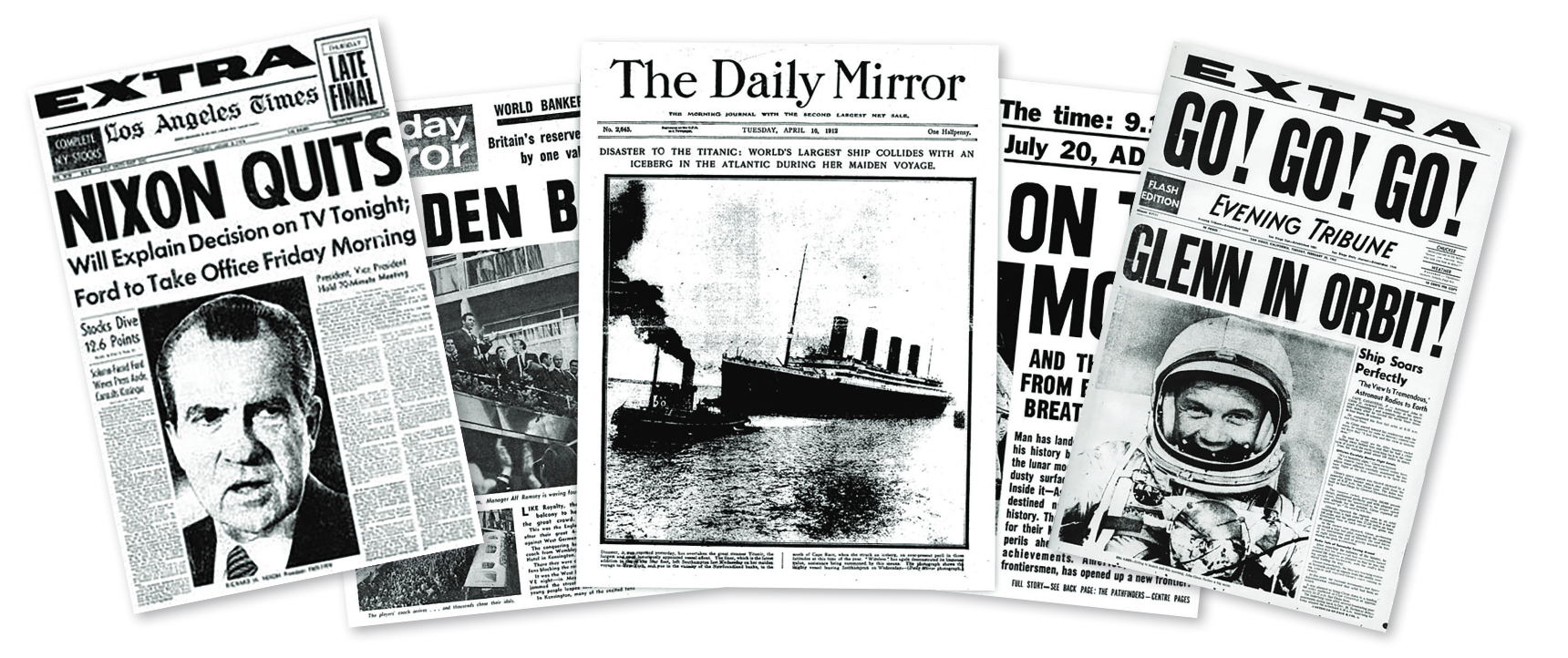
By Carl Safina
“The Fairness Doctrine,” I said. “Have you heard of the Fairness Doctrine?” Nobody had heard of it. But I remember it. When I was in college, you’d be driving and listening to the AM news or talk radio, or you’d be in the dorm watching TV news. And someone would present an opinion piece about what policy we should or should not pursue—money for schools, troops for wars, whatever. And immediately after they spoke, an announcer’s voice would say, “And now for the responsible opposing viewpoint. Here is—.” And then you’d hear someone argue for the opposite course of action. You always heard the other side.
It certainly kept people informed about the dimensions of a debate and the reasoning. It made false claims very difficult; the rebuttal was immediate. You knew what was going on, why people were coming to the conclusions they were reaching. The Fairness Doctrine was the policy that required that. It was created in 1949 by the Federal Communications Commission, the agency that licenses broadcasters. The airwaves belong to the public. That’s the law. Broadcasters are licensed to use public airwaves.
In 1949 the FCC said, in essence, If you’re going to use public property—the air-waves—you’re going to broadcast for the public good. You have to inform the public with news, and balanced views, so that you advance democracy. For broadcasters the main effect was that no station or network could be politically tilted or partisan. Get it? Ronald Reagan got it. He and his cronies could not abide nonpartisanship.
Corporate greed and right-wing ideology was straining under the harness of facts, honest news, differing opinions, and the profit-sharing plan known as organized labor (which had created the American Dream and several generations in which everyone could pretty much expect that their kids would have better lives and live better than their parents). I mean, it was called the Fairness Doctrine. Reagan wasn’t a fan of “fairness.” In 1987, the FCC under Reagan did away with the Fairness Doctrine.
He and other horsemen of the apocryphal knew it was a sure bet that the deep-pockets would easily command the airwaves. Then they could say almost anything, unchecked. Within a decade we got Fox News, which built an echo chamber in which extreme views and unfounded nonsense went unbridled across the air. “Broadcasters” the likes of Limbaugh, Hannity, O’Reilly, et al. could bloviate unchecked with impunity. Audiences never got both sides. Listeners could listen to what they liked and never hear a thing they disagreed with.
Fast-forward an entire generation and the race to the bottom has created what’s been called the best-entertained, least-informed populace in the world. An electorate who can be tricked and lied to, ditto their heads, decide which factoids they choose and which news is fake, and raise up an epically unqualified man to be president. As millions cheer. And that’s how.



